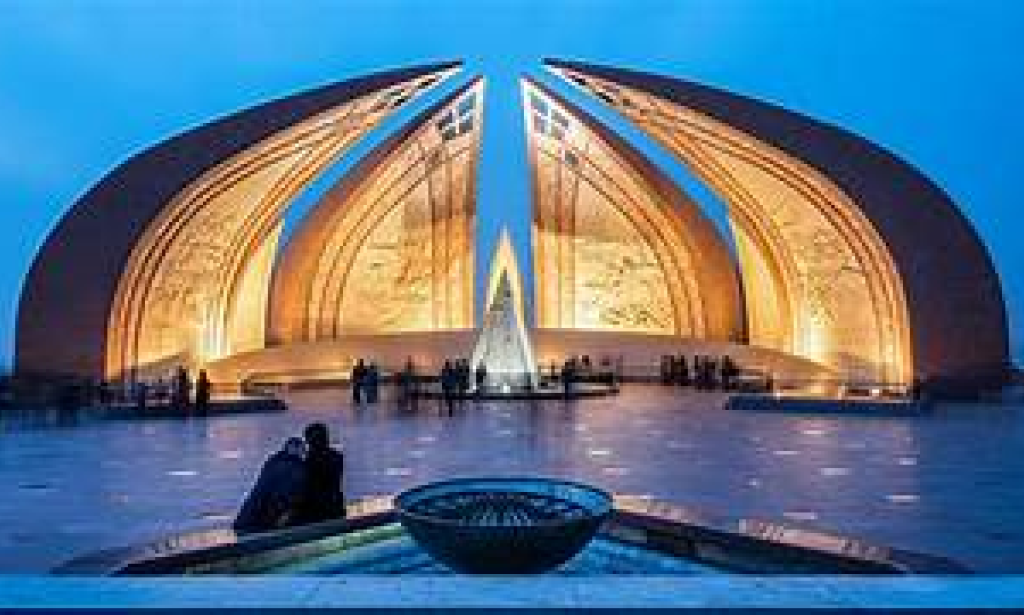v Introduction:
Pakistan, a country located in South Asia, boasts a diverse and vibrant heritage that spans thousands of years. With a history shaped by various civilizations, including the Indus Valley Civilization, the Mughals, and the British Raj, Pakistan's cultural tapestry is interwoven with architectural marvels, exquisite crafts, traditional music, and a fusion of flavors. In this article, we embark on a journey to explore some of Pakistan's unique heritage sites and cultural treasures, highlighting the importance of their preservation for future generations.

1. Mohenjo-Daro: The Ancient Indus Valley Civilization:
Our journey through Pakistan's heritage begins with Mohenjo-Daro, a UNESCO World Heritage site and one of the best-preserved Indus Valley Civilization urban communities. Mohenjo-Daro, located in Sindh province, provides a glimpse into a complex metropolis dating back to 2600 BCE. The remains exhibit advanced urban planning, intricate drainage systems, and a thriving society. Preserving this archaeological treasure is critical to understanding the origins of civilization and appreciating our forefathers' inventiveness.

2. The Magnificent Mughal Architecture:
Pakistan witnessed the development of some of the most awe-inspiring architectural masterpieces during the Mughal era. Lahore Fort and the Badshahi Mosque are stunning reminders of Mughal splendor. The fort's exquisite design has beautiful murals, marble inlays, and expansive gardens. The Badshahi Mosque, with its beautiful domes and minarets, lies nearby. These architectural marvels illustrate the combination of Persian, Central Asian, and Indian architectural forms, creating a particular history that must be carefully preserved.

3. The Cultural Capital: Lahore:
Lahore, known as Pakistan's cultural center, is home to a plethora of heritage attractions. The Walled City of Lahore, with its narrow bustling lanes, is home to ancient buildings such as the Shahi Qila (Lahore Fort), Wazir Khan Mosque, and the previously mentioned Badshahi Mosque. Each of these architectural treasures bears witness to the region's rich cultural legacy. The Lahore Museum, with its extensive collection of art, artifacts, and manuscripts, also contributes significantly to the preservation of Pakistan's legacy.

4. The Ancient Buddhist Legacy:
The ancient Gandhara culture existed in Pakistan's northwest region, leaving behind outstanding Buddhist remains. Taxila is a UNESCO World Heritage site that encompasses the ruins of three ancient towns and exhibits the impact of Greek, Persian, and Buddhist cultures. The remains of Buddhist monasteries, stupas, and sculptures induce a sense of tranquility while also providing insights into the growth of Buddhism in the region. Efforts to maintain and repair these historical places ensure that a significant chapter in Pakistan's history is preserved.

Preserving Pakistan's Heritage:
The government, local groups, and people must all work together to preserve Pakistan's heritage. Investments in archaeological study, conservation, and educational programs can help protect these priceless relics. Furthermore, encouraging sustainable tourism and creating awareness about the value of cultural heritage will help future generations appreciate and conserve the legacy left by their forefathers.



You must be logged in to post a comment.